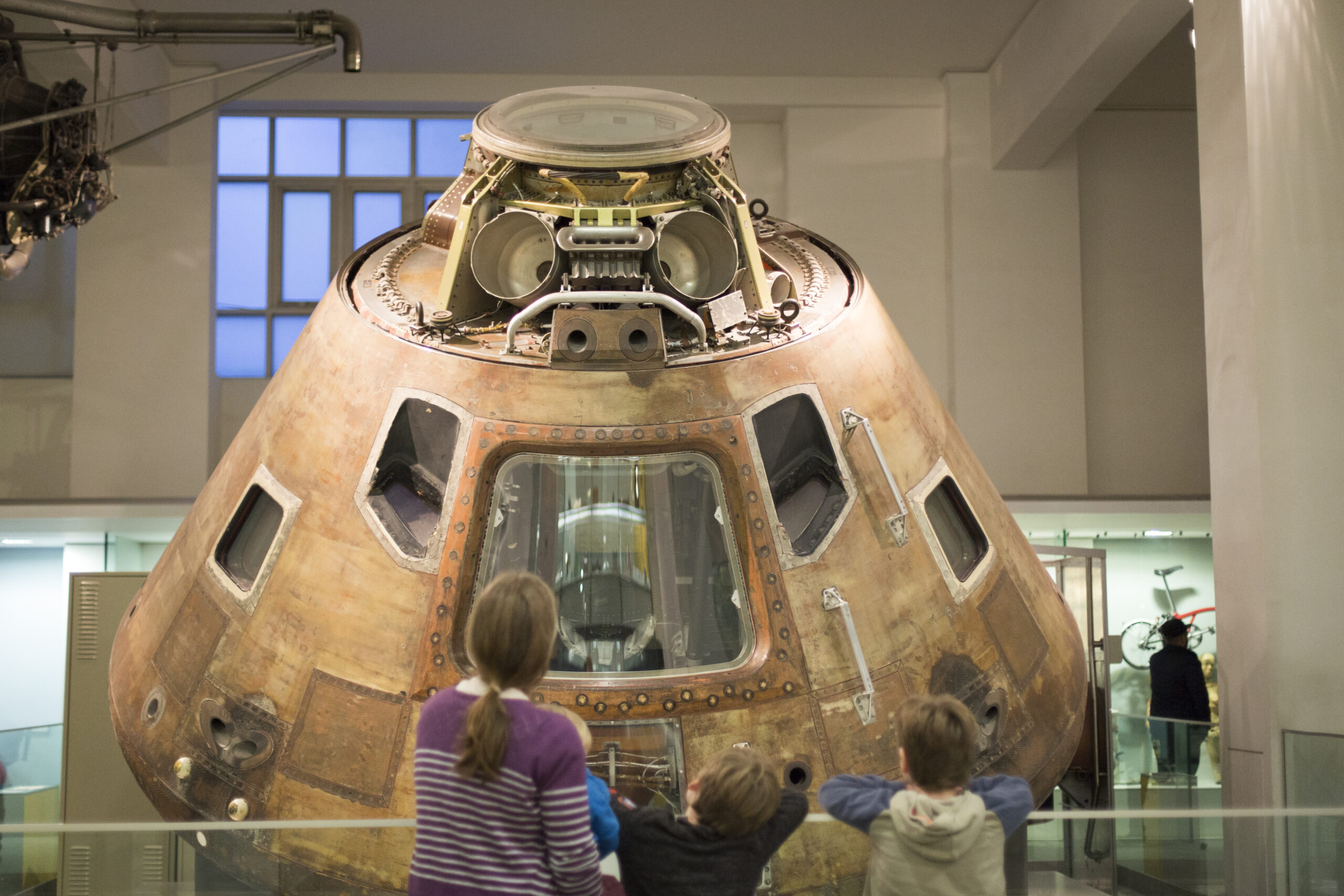The Science Museum in London stands as a beacon of scientific exploration and education, inviting visitors to engage with the wonders of science, technology, engineering, and mathematics (STEM). Located in the cultural heart of South Kensington, the museum has been a leading institution for over a century, offering an interactive and immersive journey through the marvels of human innovation and discovery.
History and Mission: Founded in 1857, the Science Museum has evolved over the years to become one of the world’s most renowned science and technology museums. Its mission is to inspire, inform, and educate people of all ages about the science that shapes our lives and the future. The museum achieves this through its extensive collection, interactive exhibits, and educational programs.
Collections and Galleries: The Science Museum’s collection spans a diverse range of scientific disciplines and historical periods. From the earliest innovations to cutting-edge technologies, the museum’s galleries showcase the evolution of human understanding and achievement.
- Exploring Space: This gallery delves into humanity’s exploration of the cosmos, featuring iconic artifacts such as rockets, satellites, and space probes.
- Medicine: The Wellcome Galleries offer a comprehensive exploration of the history of medicine, from early surgical instruments to the latest advancements in medical technology.
- Information Age: This gallery traces the development of communication and information technologies, featuring historic computing devices and modern innovations that have shaped the digital age.
- Energy Hall: From steam engines to renewable energy sources, this gallery explores the history of energy and its impact on society.
- Flight: The Flight Gallery celebrates the history of aviation, showcasing a wide array of aircraft, including iconic planes from different eras.
- Wonderlab: A popular family-friendly exhibit, Wonderlab is an interactive space that brings scientific principles to life through hands-on experiments and demonstrations.
Interactive Exhibits: What sets the Science Museum apart is its commitment to interactivity. Visitors are encouraged to touch, experiment, and engage with the exhibits. Whether it’s launching a rocket, manipulating robotic arms, or experimenting with physics principles, the museum provides a dynamic and immersive learning environment.
Special Exhibitions: In addition to its permanent collections, the Science Museum hosts a variety of special exhibitions that explore contemporary scientific issues, showcase emerging technologies, and highlight the latest breakthroughs in research.
Educational Programs: The Science Museum is dedicated to fostering scientific literacy and curiosity. It offers a range of educational programs, workshops, and events designed for schools, families, and individuals. These programs aim to make science accessible and enjoyable for people of all ages and backgrounds.
Collaborations and Partnerships: The museum actively collaborates with other institutions, universities, and industry partners to stay at the forefront of scientific developments. These collaborations often result in innovative exhibitions and events that reflect the latest advancements in science and technology.
Visitor Facilities: The Science Museum provides amenities such as cafes, shops, and spaces for relaxation. Its central location in South Kensington also makes it easily accessible and part of a cultural hub that includes other notable institutions like the Natural History Museum and the Victoria and Albert Museum.
In conclusion, the Science Museum in London is a captivating destination that celebrates the wonders of science and technology. Its commitment to interactivity, education, and showcasing the breadth of human achievement in the scientific realm makes it a dynamic and enriching experience for visitors of all ages.



